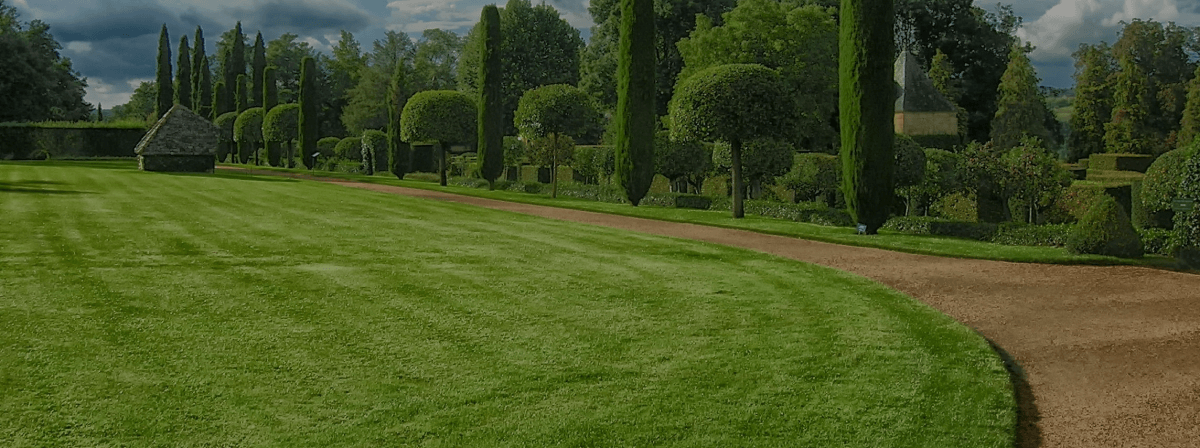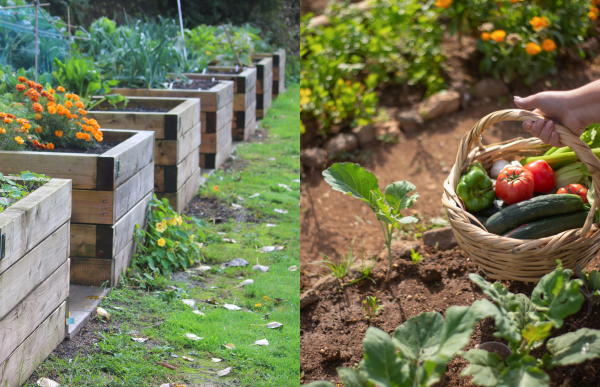Raised Beds vs. In-Ground Gardens: Which Layout is Best for You?
Hey Fellow Gardeners! 🌱
If you’re like me, you probably love the idea of stepping into your backyard and harvesting fresh veggies, fragrant herbs, and beautiful flowers. But before you can start planting, there’s one big decision to make: Should you go with raised beds or plant directly in the ground?
I’ve experimented with both, and let me tell you—each has its own set of perks and challenges. Whether you’re a gardening newbie or a seasoned grower, let’s break it down together so you can choose the best setup for your space, lifestyle, and gardening goals.
🌿 What’s the Deal with Raised Bed Gardens?
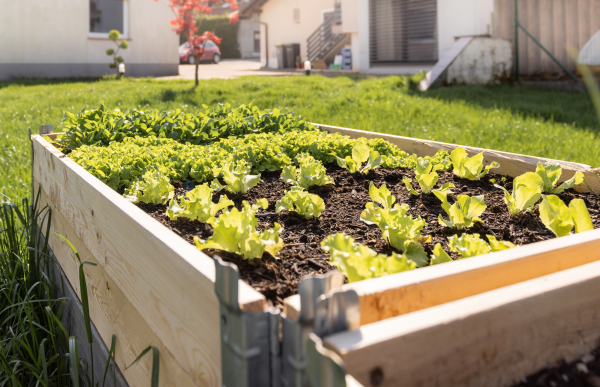
Raised bed gardens are basically contained garden plots that sit above ground, framed with materials like wood, stone, or metal. You fill them with nutrient-rich soil, which means you have complete control over your growing environment. This is a game-changer if your yard has rocky, sandy, or clay-heavy soil!
✔️ Why You’ll Love Raised Beds:
✅ Say Goodbye to Bad Soil – No more battling with poor native soil. You start fresh with the perfect mix!
✅ Fewer Weeds & Pests – Since you’re working with clean soil, you’ll have way fewer weeds popping up.
✅ Better Drainage – No more waterlogged plants after heavy rain! Raised beds drain super well.
✅ Easier on Your Back & Knees – No need to bend down as much, which makes gardening more comfortable.
✅ Great for Small Spaces – If you’re short on yard space, raised beds let you maximize your growing area.
❌ But Here’s the Catch:
🚫 They Can Be Pricey – You need materials to build the bed, plus soil to fill it.
🚫 They Dry Out Faster – Because they’re elevated, raised beds lose moisture quicker, so you’ll need to water more often.
🚫 Not Ideal for Deep-Rooted Crops – Plants like carrots, potatoes, or corn might struggle if the beds aren’t deep enough.
🌱 What About In-Ground Gardens?
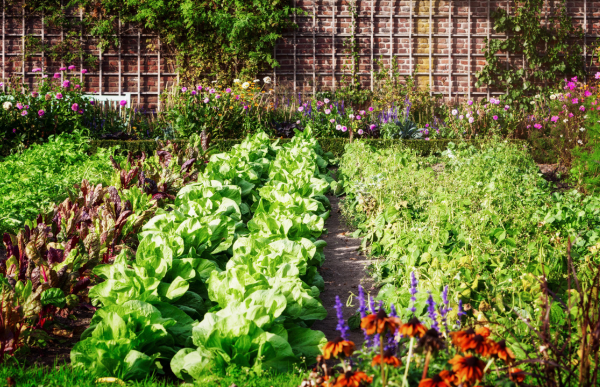
This is the traditional way of gardening—digging directly into the soil and planting your crops where nature intended. If you’ve got good-quality native soil, this method can be incredibly rewarding (and way cheaper).
✔️ Why You’ll Love In-Ground Gardening:
✅ No Construction Needed – Just dig, plant, and go. Super budget-friendly!
✅ Deeper Root Growth – Perfect for plants that like to stretch their roots, like tomatoes, squash, and fruit trees.
✅ Less Watering Needed – The ground retains moisture longer, so you won’t have to water as frequently.
✅ Great for Larger Gardens – If you’re planning a big veggie patch, in-ground gardening is a lot more scalable.
❌ But Here’s the Catch:
🚫 You’ll Battle More Weeds – Nature will take over fast if you’re not on top of it!
🚫 Soil Quality Matters – If your soil is rocky, compacted, or nutrient-poor, you’ll need to amend it before planting.
🚫 More Work for Your Back – Expect lots of bending, kneeling, and digging.
🌼 So, Which One Should You Choose?
I totally get it—choosing between raised beds and in-ground gardening isn’t always easy. Here’s a quick cheat sheet to help you decide:
Go with Raised Beds If…
✔️ Your soil is terrible (rocky, sandy, or compacted).
✔️ You want less weeding and better pest control.
✔️ You need good drainage (especially if your yard gets soggy).
✔️ You have a small space and want a tidy, organized garden.
✔️ You want a more ergonomic setup (less bending and kneeling).
Stick with In-Ground Gardening If…
✔️ You have decent soil quality (or don’t mind improving it).
✔️ You’re growing large, deep-rooted plants (like tomatoes or pumpkins).
✔️ You want a bigger, more affordable garden.
✔️ You don’t mind doing more weeding and physical work.
✔️ You prefer a low-maintenance, natural approach.
🌍 Can You Do Both? Absolutely!
Personally, I love combining both methods. Some plants thrive better in raised beds, while others do best in the ground. Here’s how you can mix and match for the best results:
🌿 Use raised beds for: Herbs, lettuce, strawberries, and plants that need extra drainage.
🌾 Plant in-ground for: Potatoes, carrots, squash, and anything with deep roots.
🚜 Create paths between raised beds and in-ground areas to keep things organized.
💧 Set up a drip irrigation system to manage watering more efficiently.
🌸 Which Gardening Style Feels Right for You?
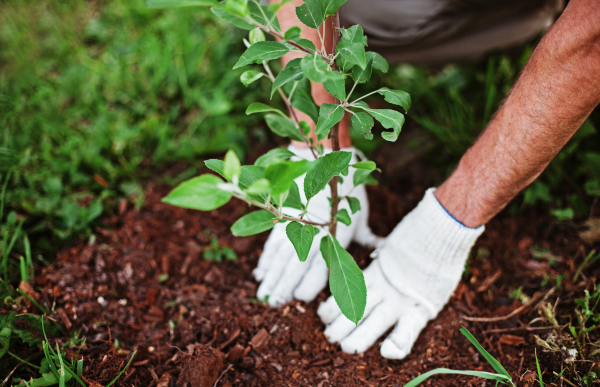
At the end of the day, gardening is all about what works best for YOU. If you’re starting from scratch and want control over your soil, raised beds might be your best bet. But if you have great soil already and want to grow a large variety of crops, in-ground gardening could be the way to go.
Or why not do a little of both? That way, you get the best of both worlds. 😉 🌿 So, what’s your gardening style? Are you team raised beds or team in-ground? Drop a comment below—I’d love to hear what works best for you! 🌻✨

